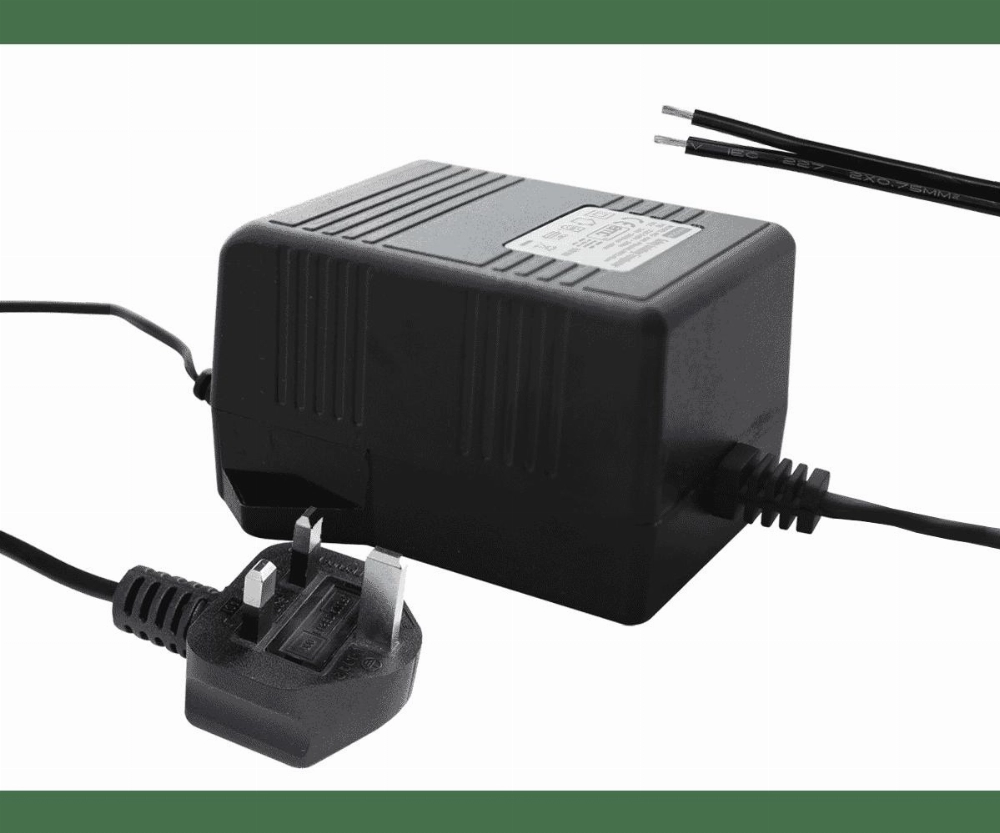A Comprehensive Guide to 24V Power Supplies (by KHZH)
Imagine you’re setting up a complex system, whether in your workshop or for a new machine, and you’re trying to choose the right power supply. The sheer variety of options can seem overwhelming, especially when details matter. 24V power supplies are known for their versatility and reliable performance. It’s a compact unit offering an ideal balance of efficiency, reliability, and power. In this guide, we’ll explore everything you need to know about 24V power supplies, from their functions to their practical applications, and even troubleshooting tips. If you want to understand 24V power supplies in a practical and relevant way, keep reading.
Part 1: 24V Power Supply Overview
Essentially, a 24V power supply converts an input voltage (typically alternating current (AC) power) into a stable 24V direct current (DC) output. But why is this conversion so important? Most of the devices we rely on, especially in the industrial and commercial sectors, require DC power to operate stably. Without a stable and regulated power supply, electronic systems can malfunction and even be damaged over time.
So, why are 24V power supplies so commonly used? 24V offers an excellent balance. It meets the needs of both medium and heavy-duty applications while being safe and easy to manage. Unlike higher voltages, 24V does not produce excessive…
## Part 3: Types of 24V Power Supplies
There are various types of 24V power supplies available in the market, each with its characteristics and advantages. The following classification can help you select a power supply that best meets your requirements:
-
Switching Power Supplies: These power supplies are compact and highly efficient, providing the required voltage by rapidly switching the input current, and generating very little heat. They are ideal for energy-saving applications.
-
Regulated Power Supplies: They are ideal for electronic devices requiring a precise and stable voltage for optimal performance.
-
Unregulated Power Supplies: Unlike regulated power supplies, the output of unregulated power supplies varies with the input. They are typically more cost-effective and suitable for applications where voltage variations are tolerable.
-
AC-DC Power Supplies: These power supplies convert AC input to 24V DC output, offering flexibility for systems requiring a reliable DC power supply from a standard AC source.
Each type offers distinct advantages, and understanding these differences is crucial for selecting the appropriate power supply to meet your specific needs.
Part 4: Key Parameters of 24V Power Supplies
When selecting a 24V power supply, the “24V” label is not the only consideration. Here are some key parameters:
## Understanding Electronic Devices
Part 7. 24V vs. 12V Power Supplies: What’s the Difference?
While both 24V and 12V power supplies have their uses, they are best suited for different applications. Here’s a comparison:
- Power and Efficiency: 24V power supplies are generally more efficient than 12V power supplies for high-power devices. They require less current to deliver the same power, minimizing heat generation and energy loss.
- Safety: Because 12V systems require higher current to deliver the same power, they are more prone to overheating. Therefore, 24V systems are preferred for applications requiring greater power.
- Device Compatibility: 12V power supplies are widely used in small electronics, such as household appliances and car accessories. In contrast, 24V power supplies are common in industrial machinery and large systems.
- Battery Life: Devices designed to run on 24V can potentially offer longer battery life in certain applications due to more efficient power delivery and regulation within the circuit.
Mastering power supply selection is key to optimizing the performance and lifespan of various electrical systems.
Part 8. Common Faults and Troubleshooting
Even high-quality power supplies can experience issues. Here are some common problems and practical troubleshooting tips:
- Overheating: Often caused by excessive load. Ensure adequate ventilation and confirm that the power supply is operating within its rated output range.
- Output Voltage Issues: Voltage instability can result from damaged internal components or an unstable input power source. Check the input source and consider adjusting the load.
- Short Circuits: Loose connections or exposed wires can cause short circuits. Carefully inspect wiring and replace any damaged components.
- Noise or Interference: Switching power supplies can sometimes generate electromagnetic interference. Using a power supply with noise reduction features can help alleviate this issue.
By understanding these fundamentals, you can confidently select and maintain 24V power supplies for various applications. Whether you’re an industry professional or a DIY enthusiast, these insights offer a practical approach to understanding power supply solutions.
What is a U1 Battery?
Explore the dimensions, types, key differences, and essential maintenance recommendations for U1 batteries. Learn whether an AGM or lithium U1 battery is the better choice for your needs and how to select the right one.
U1 Battery Dimensions and Types
A U1 battery is a compact and commonly used size designed for small vehicles and equipment. U1 batteries are available in the following types:








